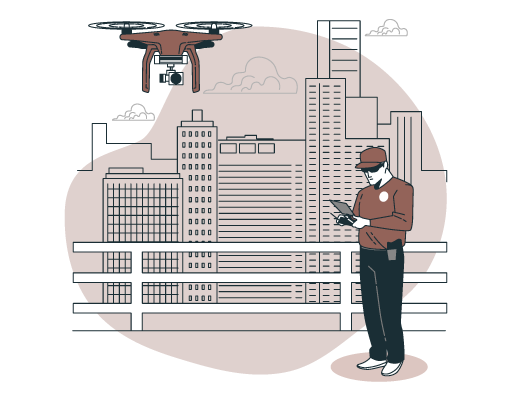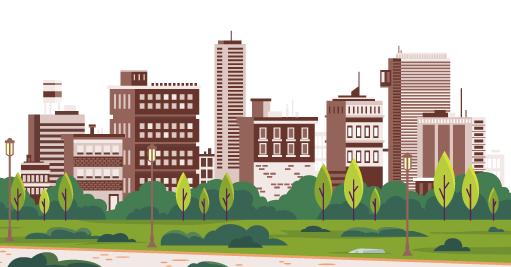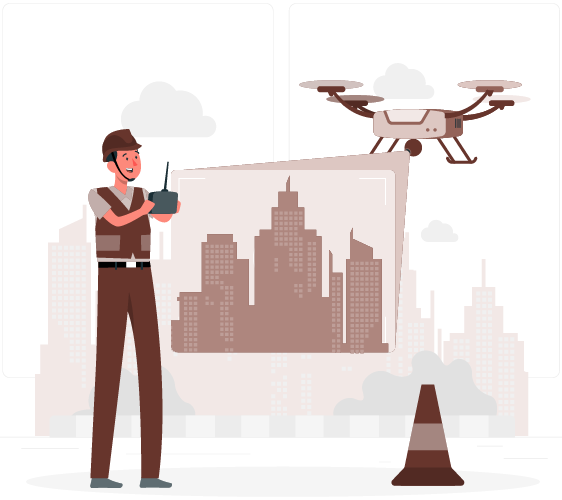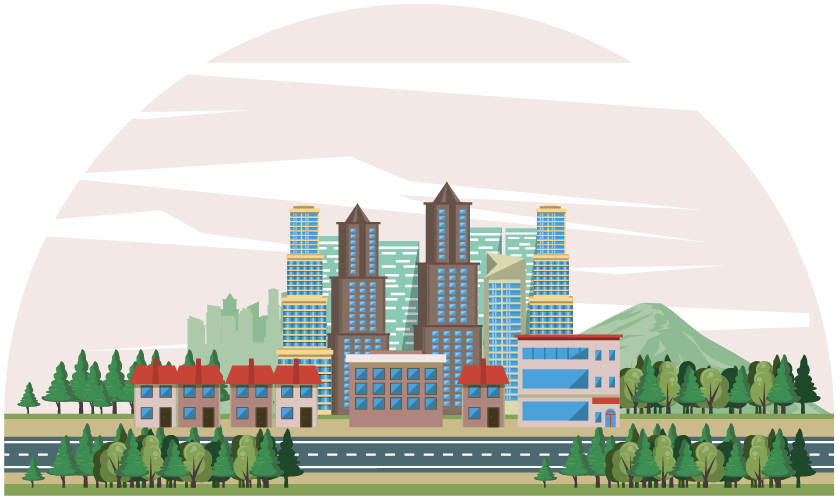Frequently asked questions with respect to drone surveys
Digital survey is getting a lot of traction. Here’s everything you need answers for:
Drones are becoming an increasingly popular technology that is helping people with a wide range of applications. The aerial survey that drones offer along with the accuracy of data is why they’re being widely deployed for a range of inspection and survey operations. Drones also open up a lot of avenues for the digital survey and it is possible to carry out topographic studies in no time. The highly accurate measurements that they present within a fraction of time greatly reduce the workload and time involved.
Some of the frequently asked questions with respect to the drone industry:
1. What is a drone survey?
A drone survey involves the deployment of drones with downward-facing cameras and sensors to capture geographical data aerially. They can be used for a wide range of applications including land management, mapping, stockpile volumetric assessments, GIS applications, urban planning, terrain assessment, etc.
2. How are drone survey operations beneficial?
Drones enable us to capture accurate topographic data of even vast surfaces at a speed that’s 5x faster than the land-based traditional methods. Since the operations happen aerially with the help of a payload camera, there is a lesser need for manpower. Drone surveys in India can be done even in the toughest of terrains or inaccessible areas. They also provide an exhaustive amount of data and they’re all accurate to the point. Aerial mapping also makes the whole mapping operation a lot simpler.
Not to forget all the benefits they offer in terms of GIS applications. Together, drones and GIS have been helping us all progress immensely in a lot of diverse fields.
3. What are the data deliverables that can be sourced from drone operations?
Depending on the payload configurations of the drone or the software used, there can be a lot of data points that we can process from the collected information. Orthomosaic maps, 3D point clouds, digital terrain models, digital surface models, contour lines, and 3D textured mesh data can be sourced from the digital survey.
4. What is the difference between UAV, RPAS, and sUAS?
UAV is an acronym for Unmanned Aerial Vehicle. RPAS stands for Remotely Piloted Aircraft System. sUAS stands for Small Unmanned Aerial System. All these are different from one another in their mode of operation, payload configuration, and applications.
5. Do I need a license for flying a drone in India?
You should get a remote pilot license to fly a drone for any purpose in India. Non-commercial operations of micro-drones weighing up to 2kgs can be operated without a license.
There is no requirement for flying a drone in India if you’re deploying it for testing purposes within the premises of an educational entity. This is applicable if you’re registered under the central government as a drone manufacturer or a start-up that’s recognized by the DPIIT or if you’re authorized as an entity to carry out any testing within the green zone.
6. Are there any restrictions with respect to flying drones at night?
As of now, there are no particular regulations on the timing of flying drones in India. But night-time drones should be fitted with add-on safety implications including anti-collision lighting and a return-to-home feature in case of collisions or failures.
7. How far can drones fly?
Toy drones have a short range of flight between 20-100 yards while high-end consumer drones have a range of up to four km. Typically, drones used for digital survey can cover a range of up to 10kms.
8. What happens if the drone encounters obstacles?
The flight path should be previously designated before you even begin the drone deployment. This way you’d be able to avert any possible hazards even before your flight.
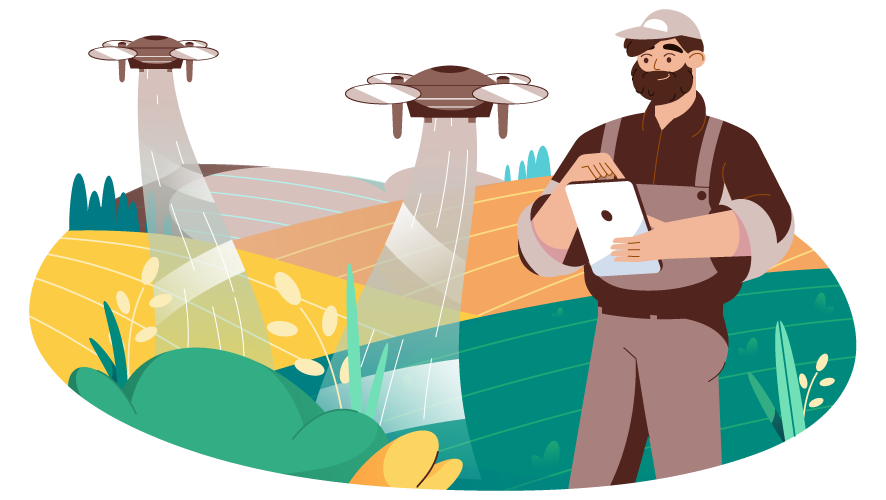
Modern drones come with futuristic features like obstacle avoidance systems and a return-to-home feature for the purpose of retrieving drones in case of any failures. They are also equipped with infrared sensors, ultrasonic sensors, and stereo vision sensors to identify obstacles in their path during operation.
9. How can drones help in urban planning?
New-age drones help us with important data that can aid us in building cities and developing communities. This also remains one of the frequently asked questions because here’s where drones play a major part. The accurate 3D models and geo reference data can help with vector road maps, terrain assessments, land compatibility for different operations, 2D orthomosaic urban-rural classification, and corridor mapping.
10. How accurate are your operations?
At YCSPL, we are equipped with the latest in digital survey technologies and we have dedicated research and development tea, who are continuously working on improving our ventures. We have been contributing immensely to the areas of GIS planning, urban development, property management, and other governmental plans.
11. How long can a drone fly?
The flight time of a drone usually depends on a lot of factors like the drone configurations, weather conditions, and payload specifications. Generally, they can fly anywhere between ten minutes and thirty minutes. But this short flight period is more than enough to collect all the information that you deploy the drone for.
With the drones at YCSPL, you’d be able to reduce your manpower and take care of every data you want to source in a concise period.
12. How fast can a drone fly?
Consumer drones foes up to an average speed of 40-50mph while there are some drone categories where they’re deployed at up to even 70mph. There are also specifically designed racing drones that can go up to 100mph.


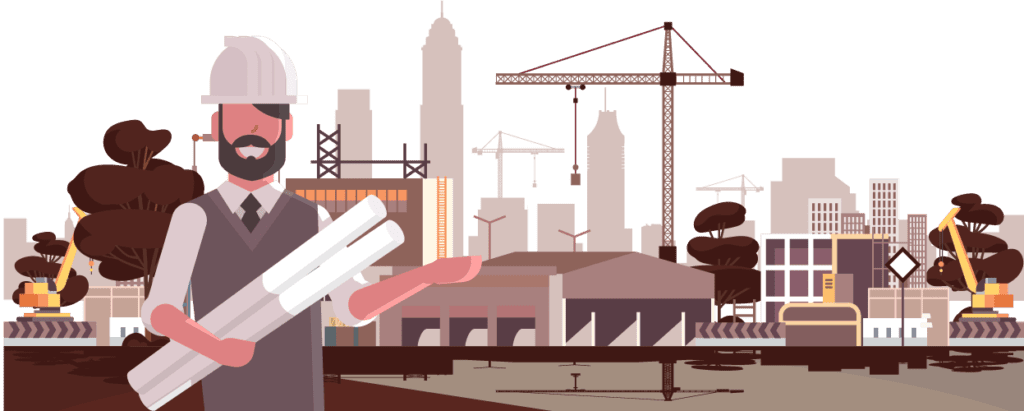

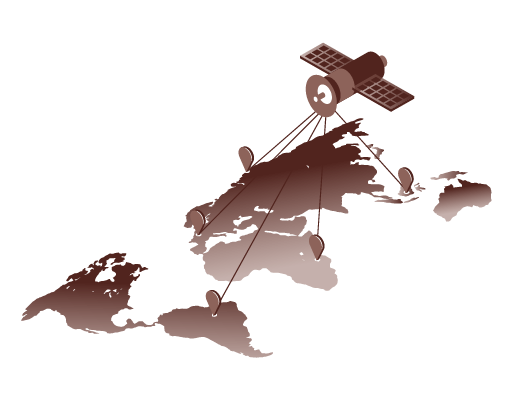
 We should empathize with areas that are fragile, identify zones that threaten the balance of our ecosystem, curate open space designs, and improve avenues for proper conservation.
We should empathize with areas that are fragile, identify zones that threaten the balance of our ecosystem, curate open space designs, and improve avenues for proper conservation.